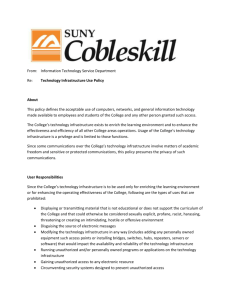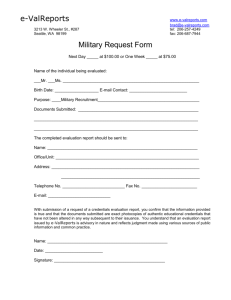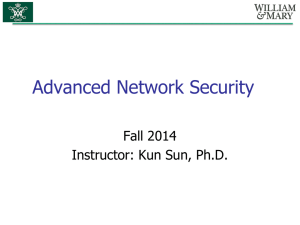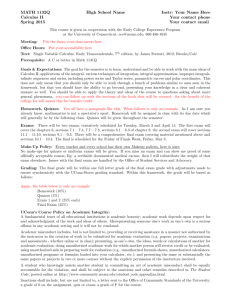Managed Device Vulnerabilities - IEEE Standards Working Group
advertisement
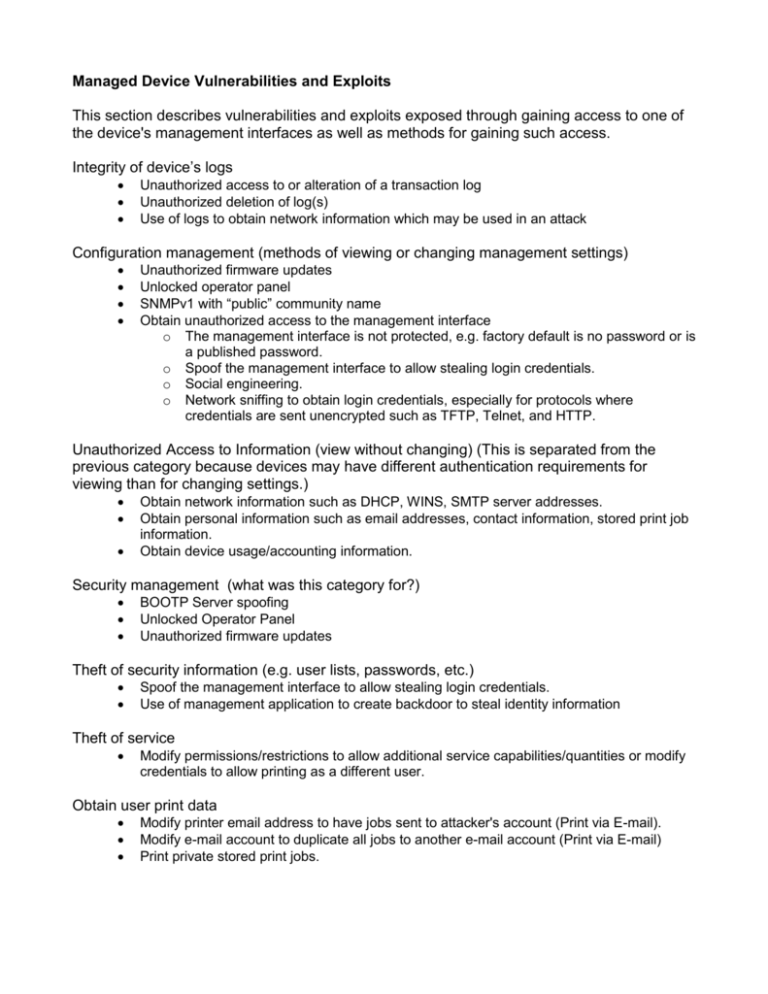
Managed Device Vulnerabilities and Exploits This section describes vulnerabilities and exploits exposed through gaining access to one of the device's management interfaces as well as methods for gaining such access. Integrity of device’s logs Unauthorized access to or alteration of a transaction log Unauthorized deletion of log(s) Use of logs to obtain network information which may be used in an attack Configuration management (methods of viewing or changing management settings) Unauthorized firmware updates Unlocked operator panel SNMPv1 with “public” community name Obtain unauthorized access to the management interface o The management interface is not protected, e.g. factory default is no password or is a published password. o Spoof the management interface to allow stealing login credentials. o Social engineering. o Network sniffing to obtain login credentials, especially for protocols where credentials are sent unencrypted such as TFTP, Telnet, and HTTP. Unauthorized Access to Information (view without changing) (This is separated from the previous category because devices may have different authentication requirements for viewing than for changing settings.) Obtain network information such as DHCP, WINS, SMTP server addresses. Obtain personal information such as email addresses, contact information, stored print job information. Obtain device usage/accounting information. Security management (what was this category for?) BOOTP Server spoofing Unlocked Operator Panel Unauthorized firmware updates Theft of security information (e.g. user lists, passwords, etc.) Spoof the management interface to allow stealing login credentials. Use of management application to create backdoor to steal identity information Theft of service Modify permissions/restrictions to allow additional service capabilities/quantities or modify credentials to allow printing as a different user. Obtain user print data Modify printer email address to have jobs sent to attacker's account (Print via E-mail). Modify e-mail account to duplicate all jobs to another e-mail account (Print via E-mail) Print private stored print jobs. Denial of service If an unauthorized user has access to the management interface, there are a huge number of settings which may be changed that would disable or disrupt service. It does not seem advantageous to have a comprehensive list. Here are a few examples: Disabling ports and/or protocols. Change language or lock front panel (will disrupt or prevent usage at the console) Change settings to cause print or scan job errors, e.g. memory settings, page description language settings, timeouts, etc. Change settings to create additional and unnecessary work, e.g. changing the default copy count to 999. Reset the device to its factory default settings. Change the management interface access credentials so the administrator can no longer access the management interface. Change print restrictions so users/groups are denied access. Delete stored print jobs. Flash update attacks, such as flashing with a corrupted file, or starting a flash memory update cycle without ever finishing. Agent for a denial of service attack Setting a very short interval on a network operation (e.g. service discovery broadcasts or large numbers of email notifications) Hacking the internal web server (Since the internal web server may exist solely for use as a management interface, any compromise of the internal web server may be viewed as a Managed Device vulnerability.) On a device with a general purpose embedded OS such as Linux, there may be many capabilities available to a hacker that successfully compromises the internal web server. Should they be listed here? If so, can someone familiar with web servers create such a list? Note: If the management interface allows sending print jobs (ours does), then the management interface can be used as a potential entry point for Print device exploits. Is it useful to mention the various access methods to the device's management interfaces? TFTP (for firmware upload) email (for firmware upload) Operator panel Telnet Via browser to internal web server Proprietary application SNMP
